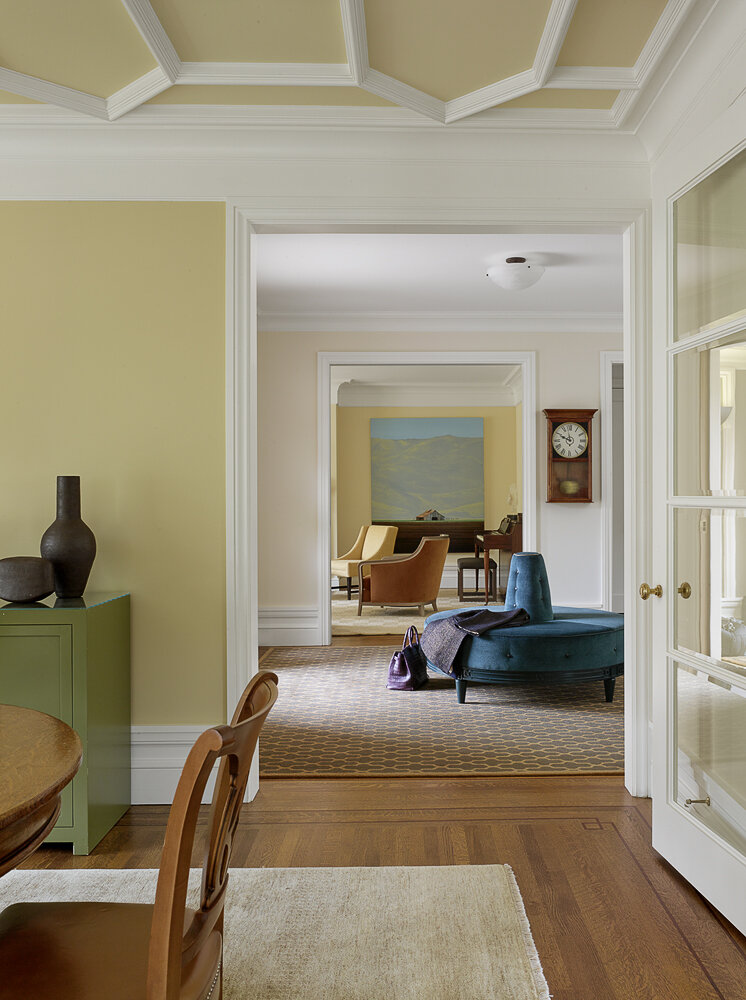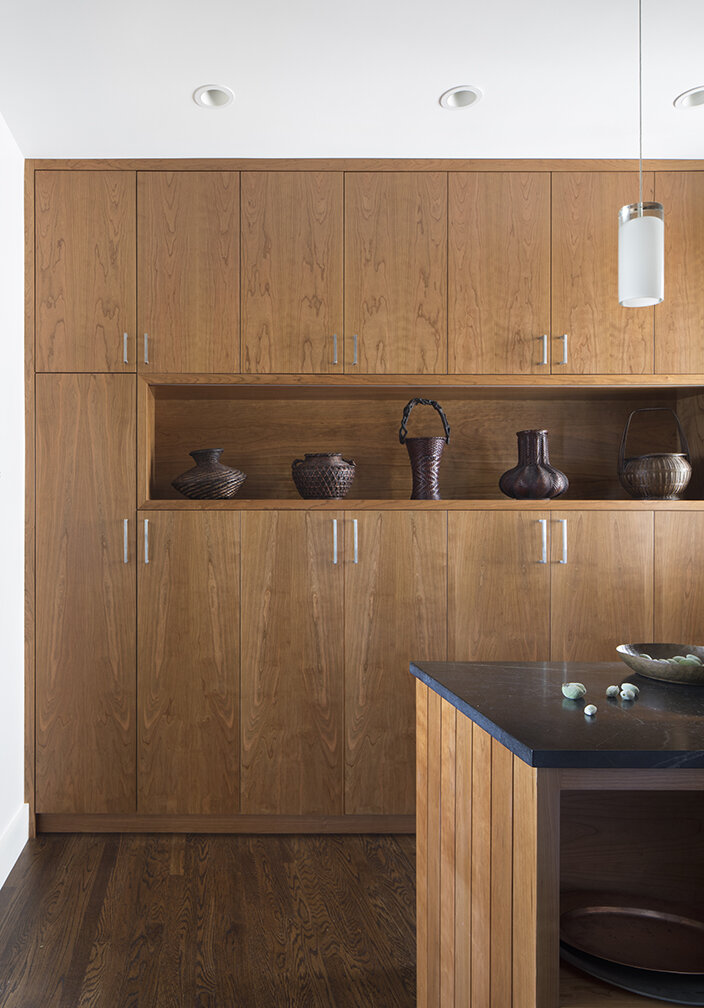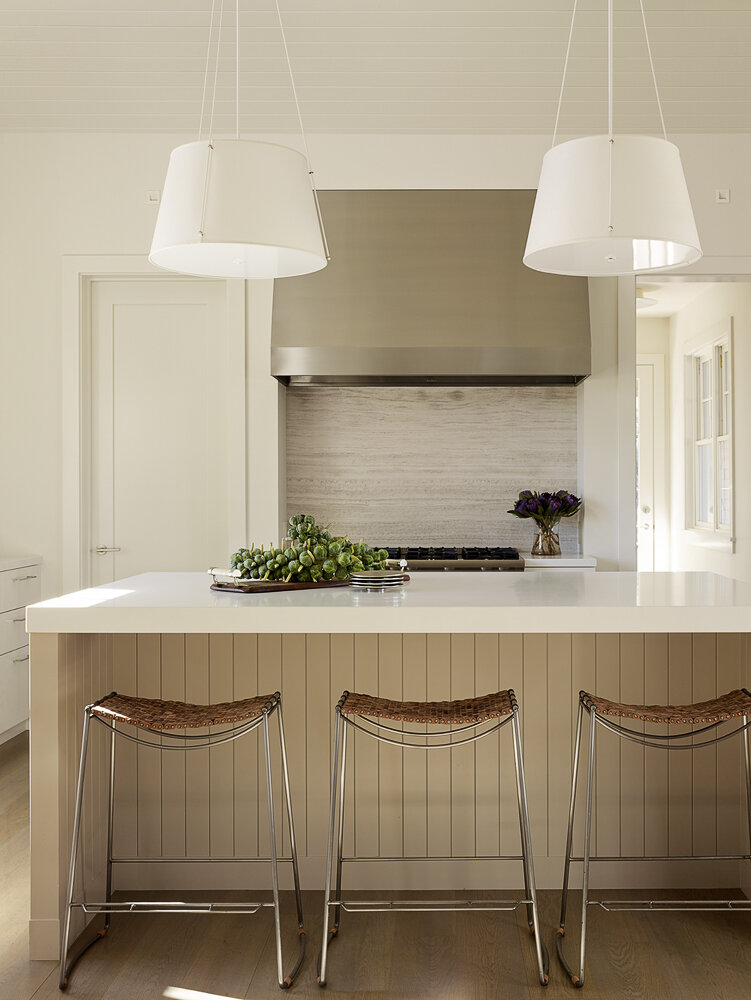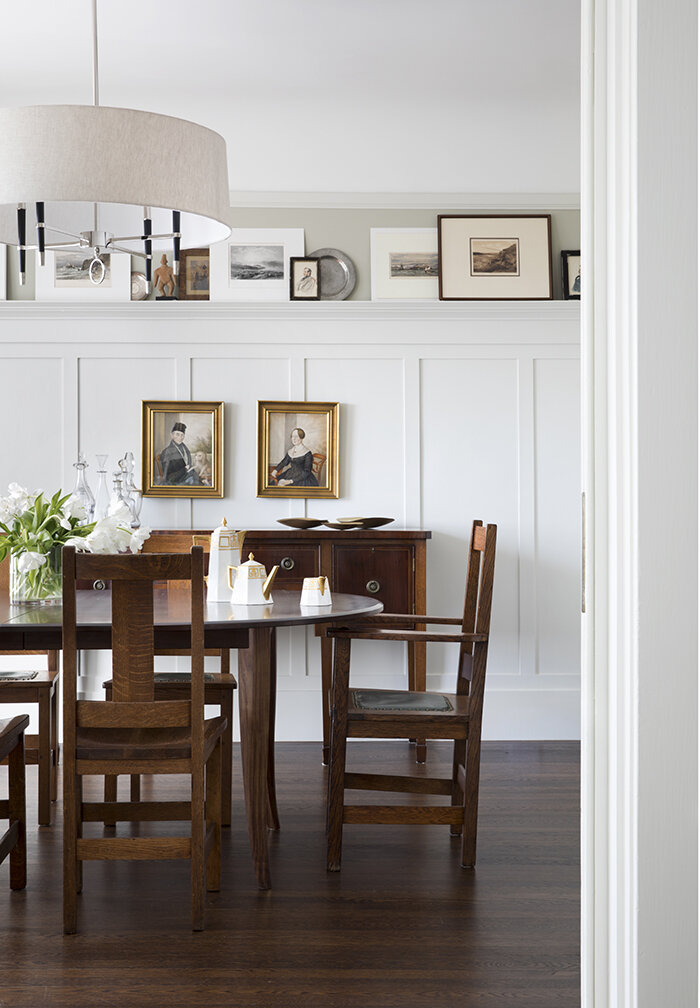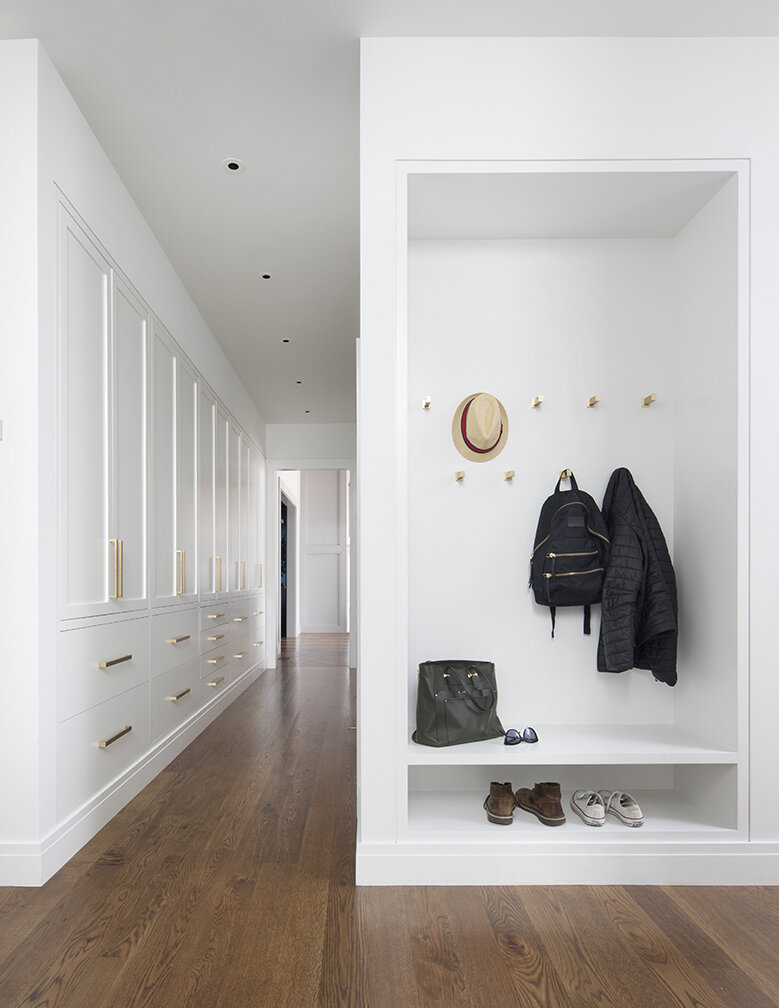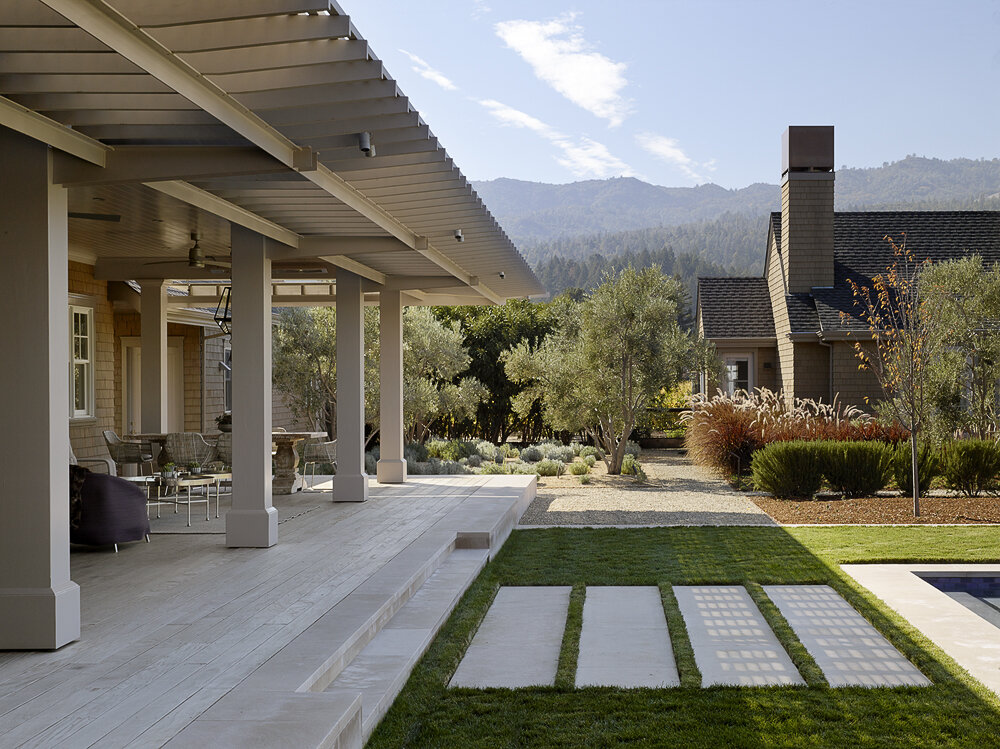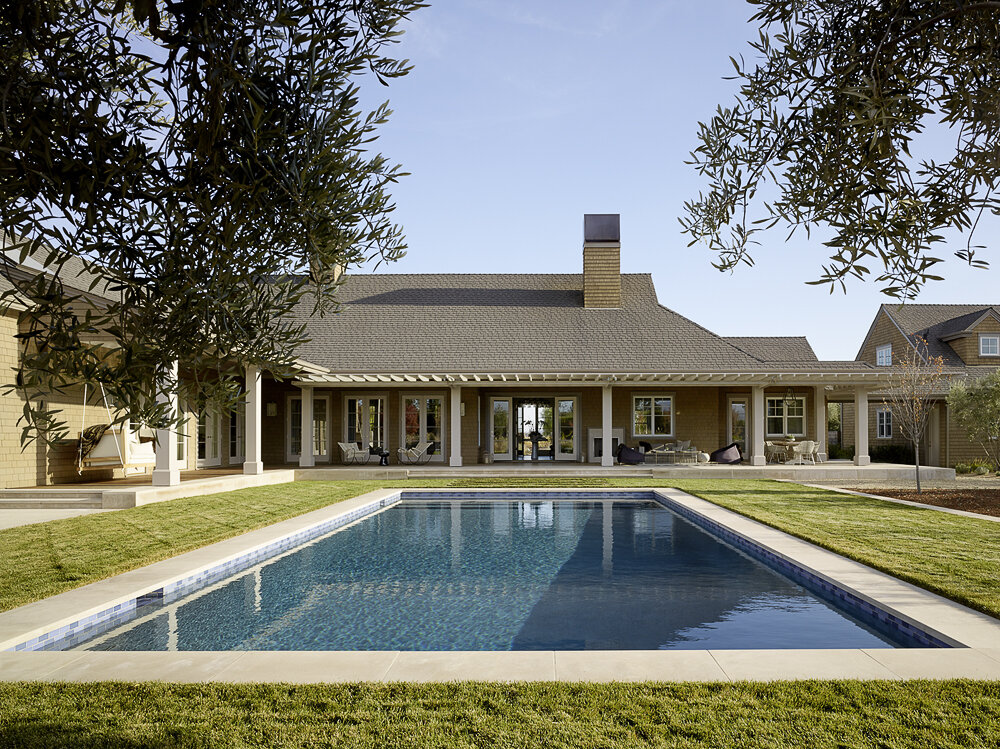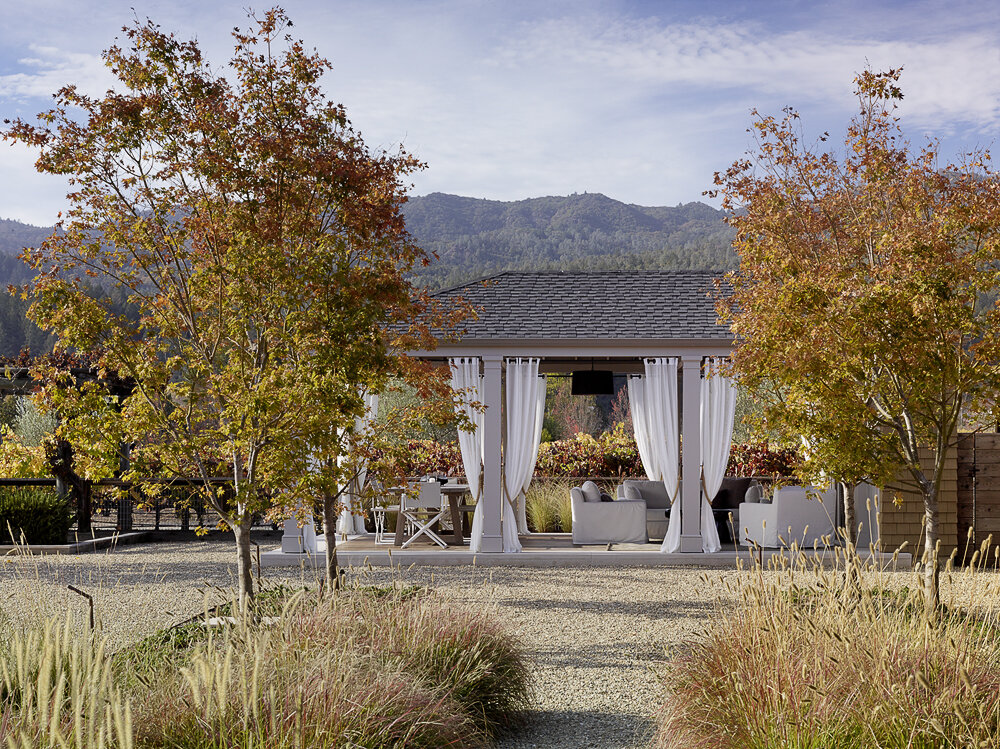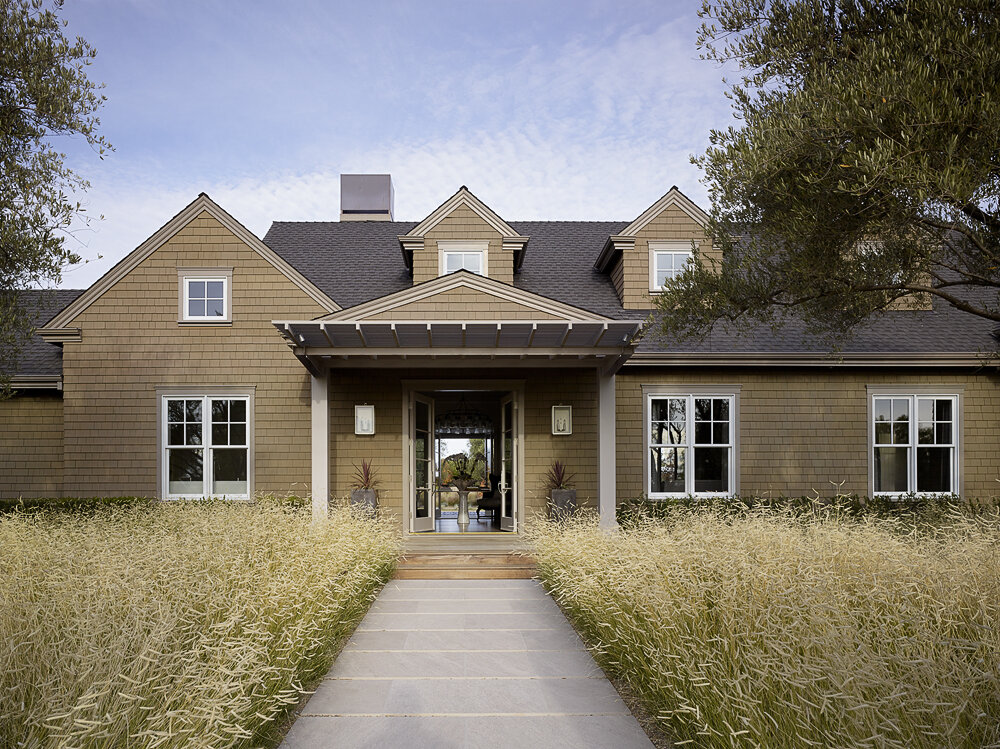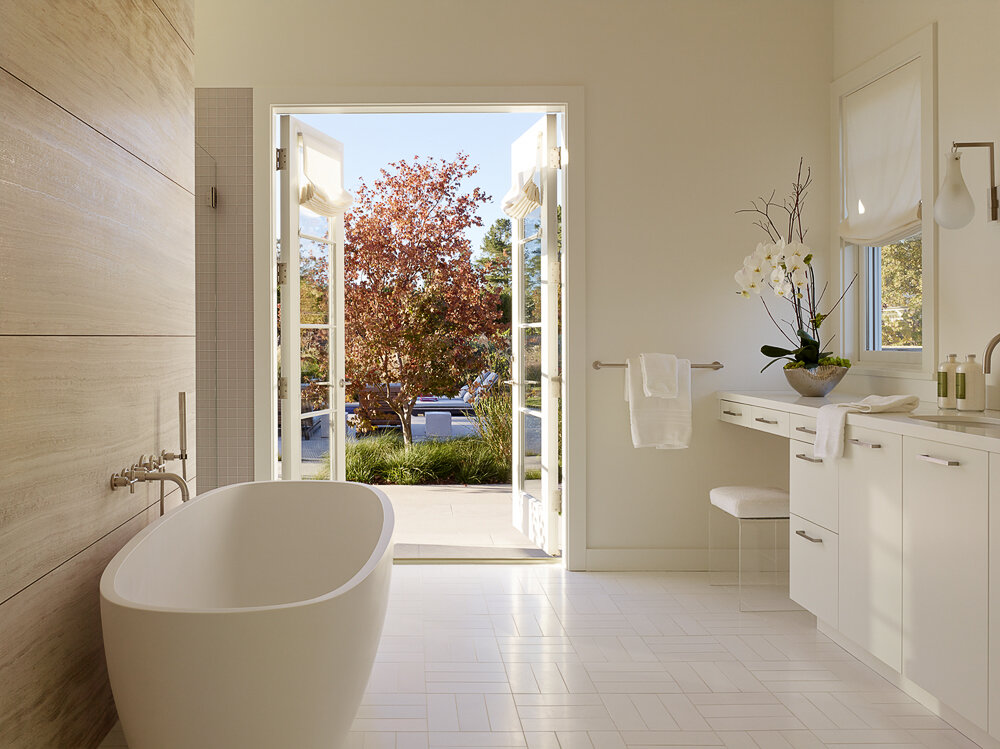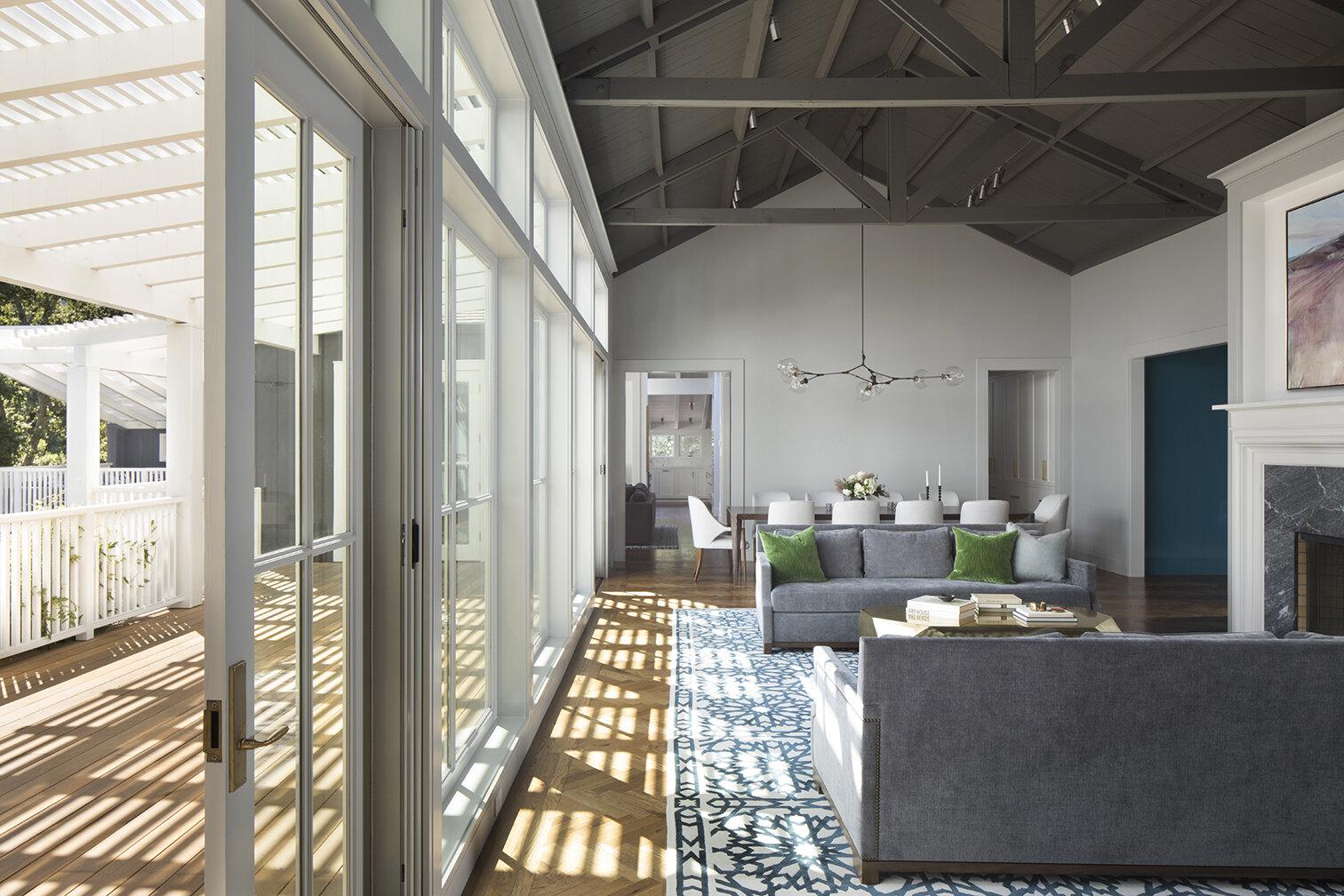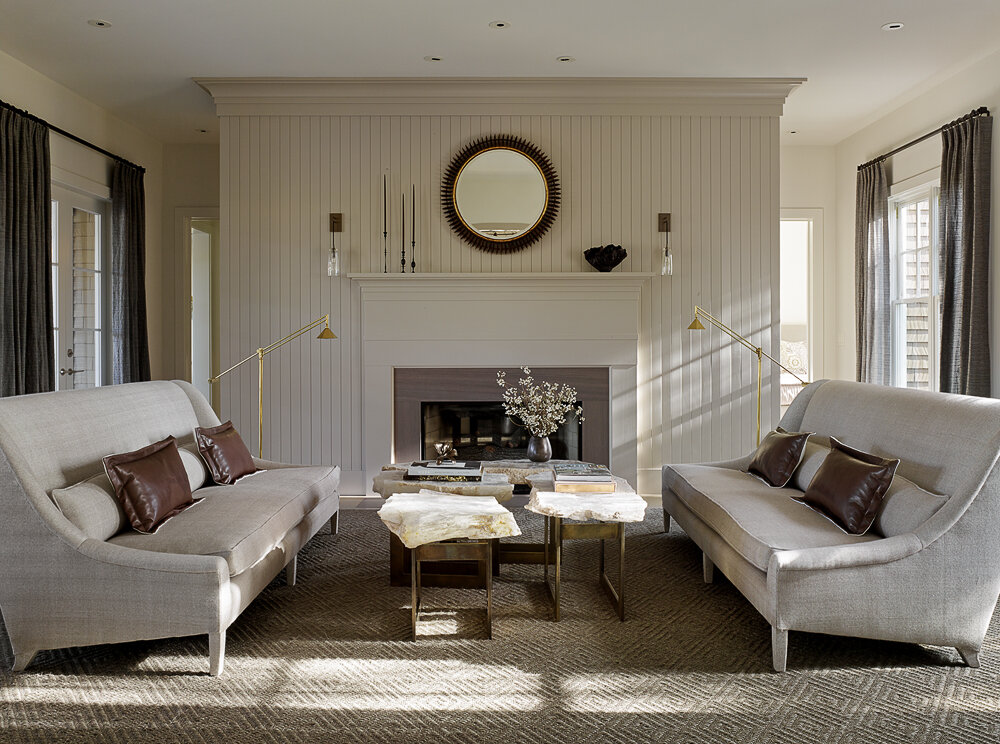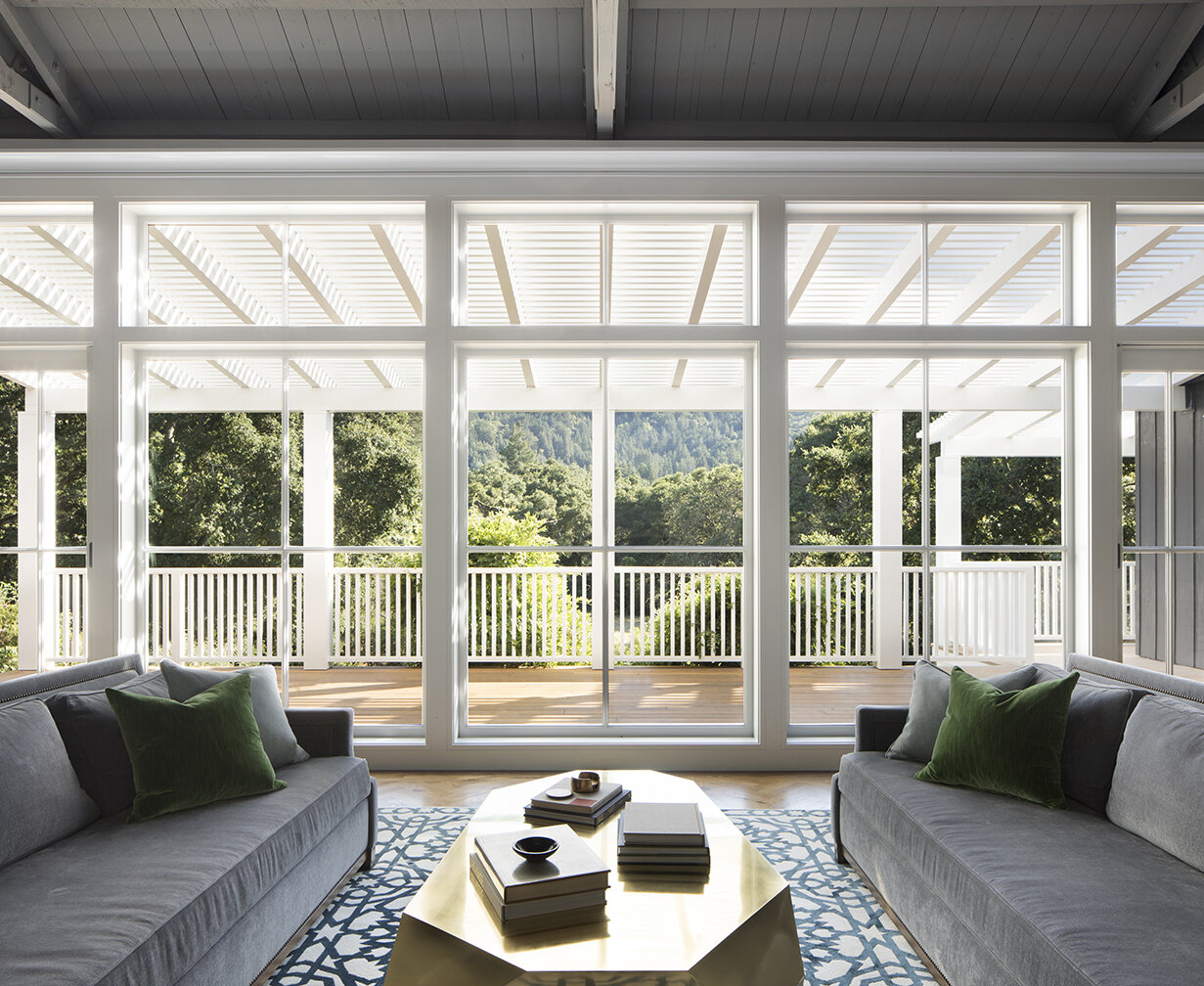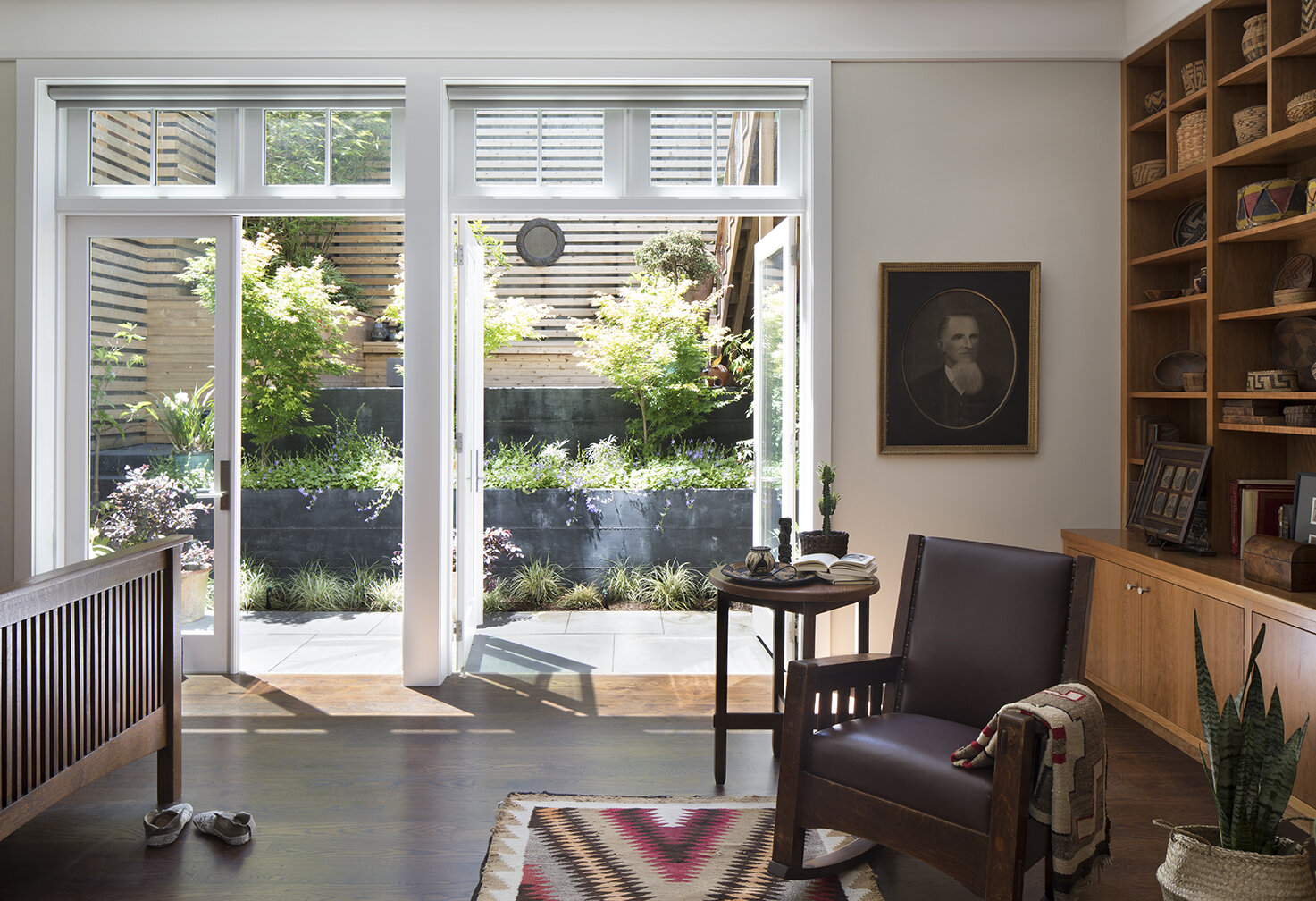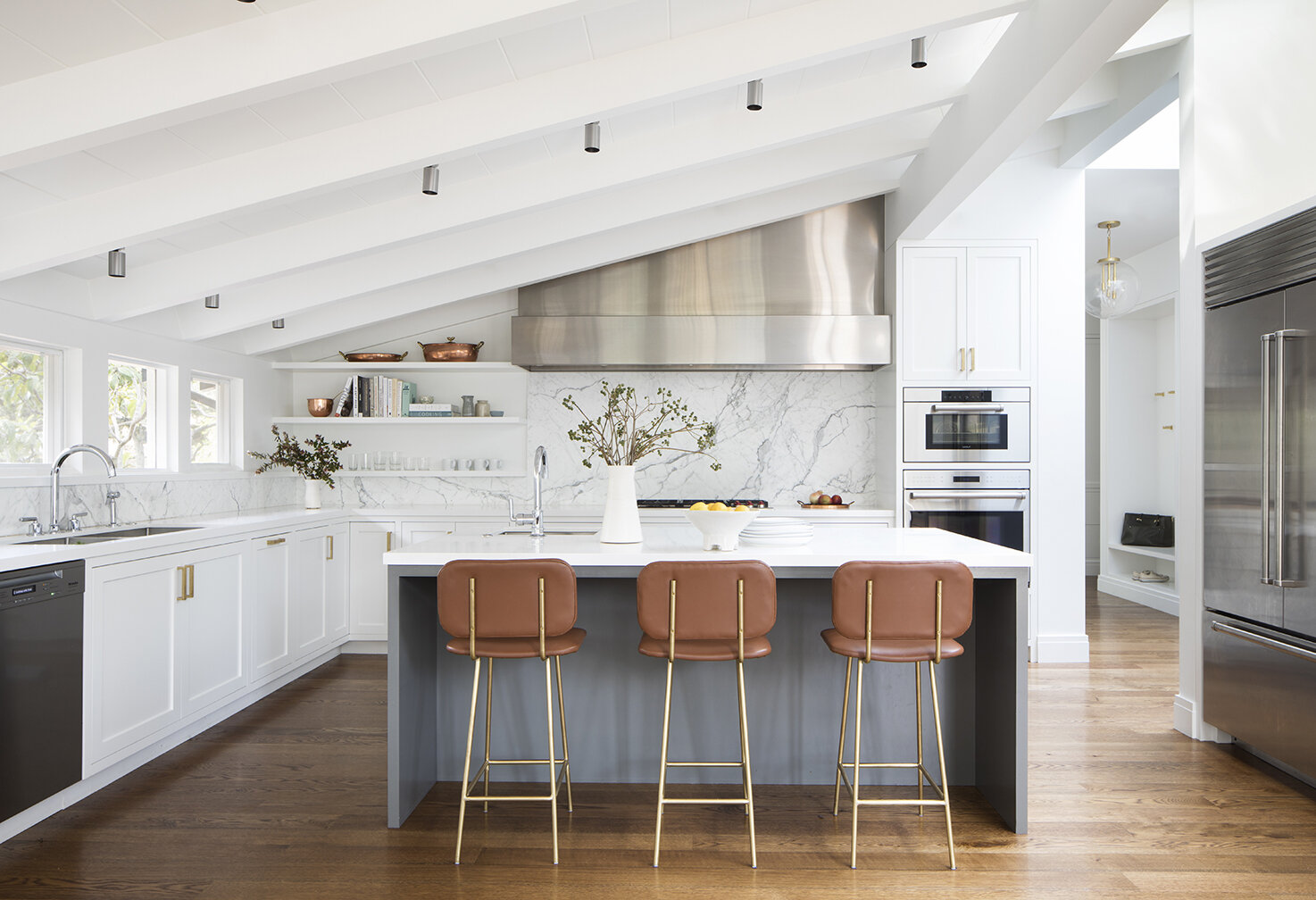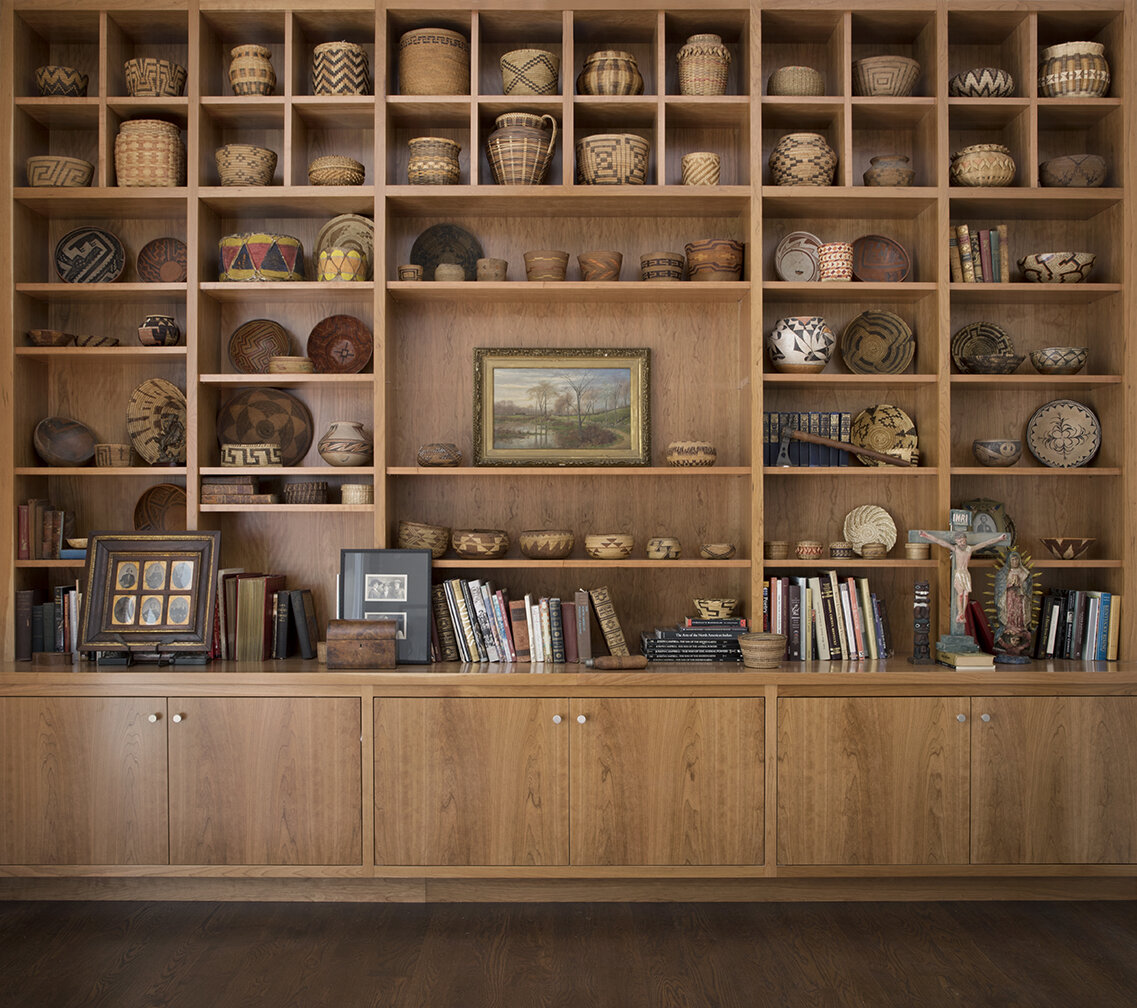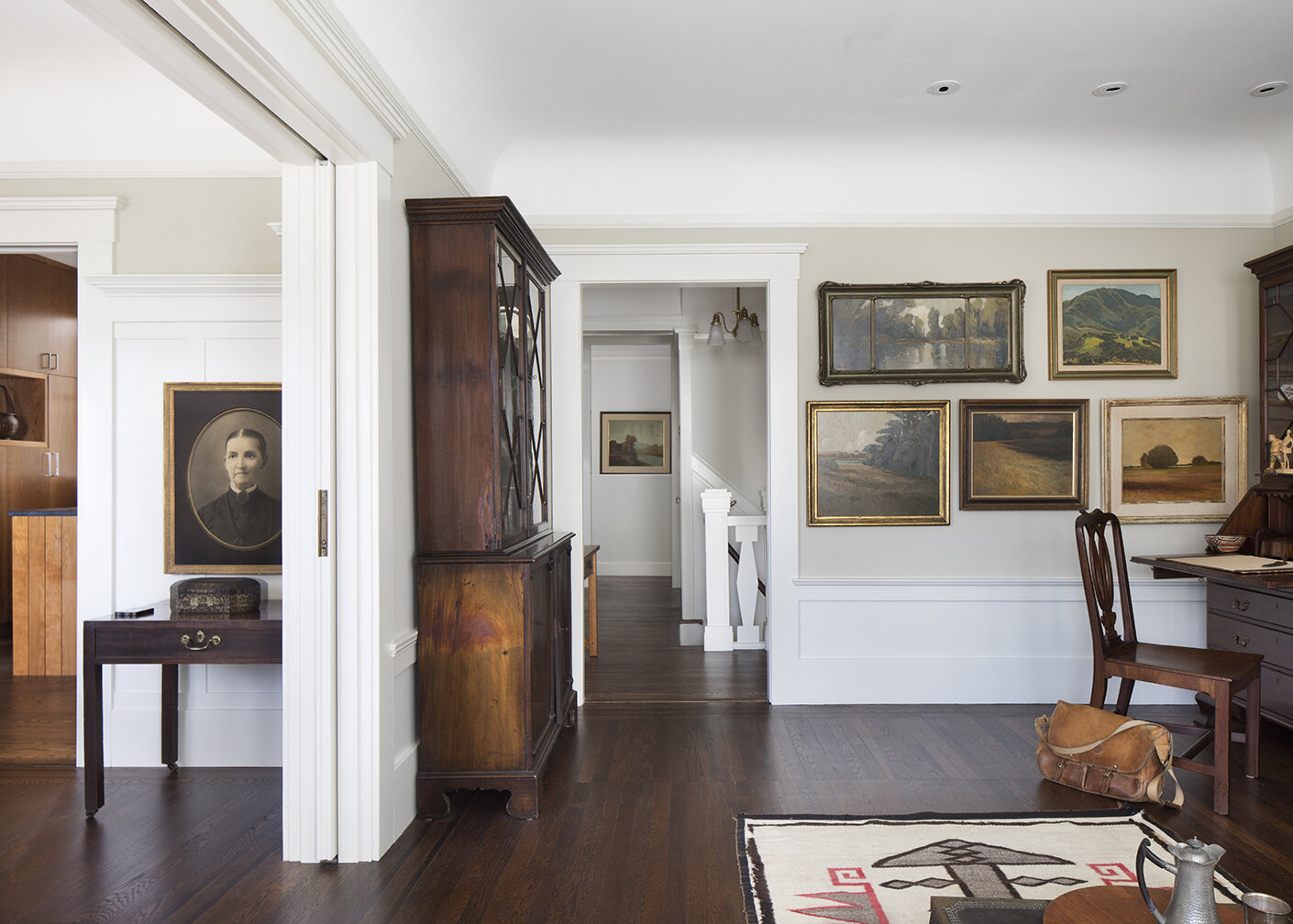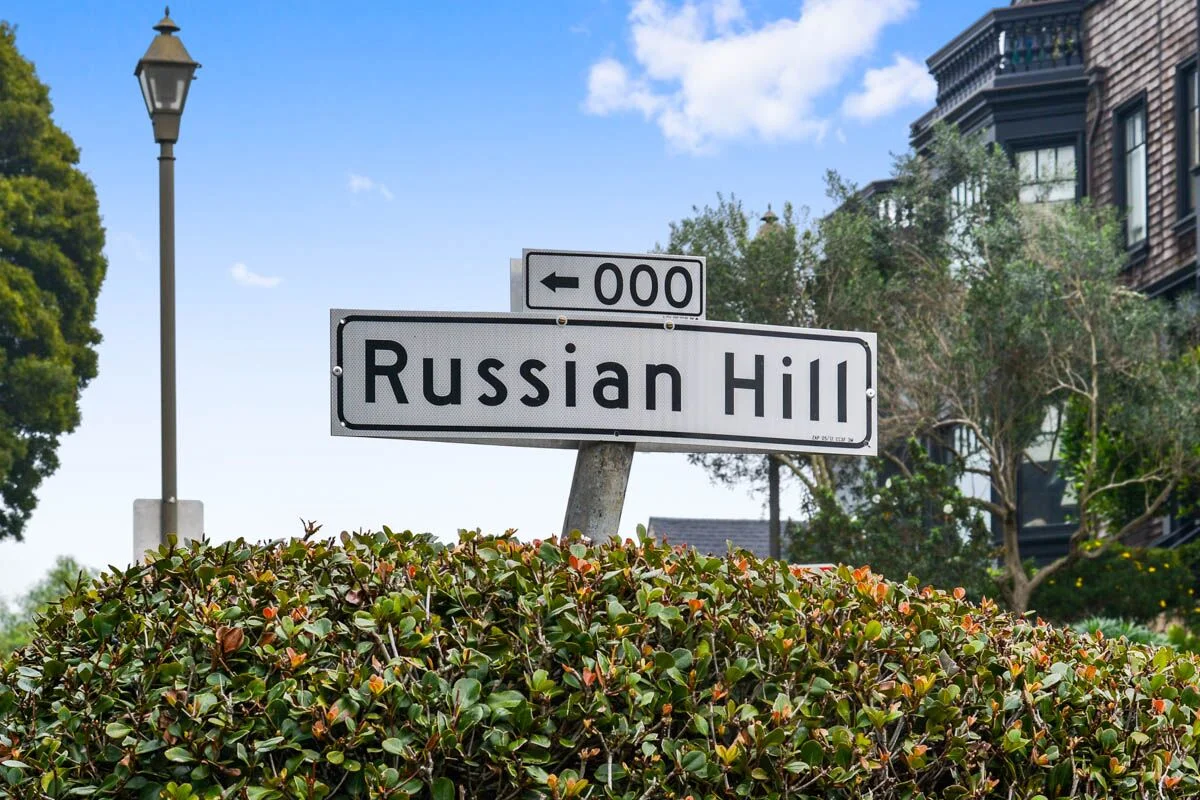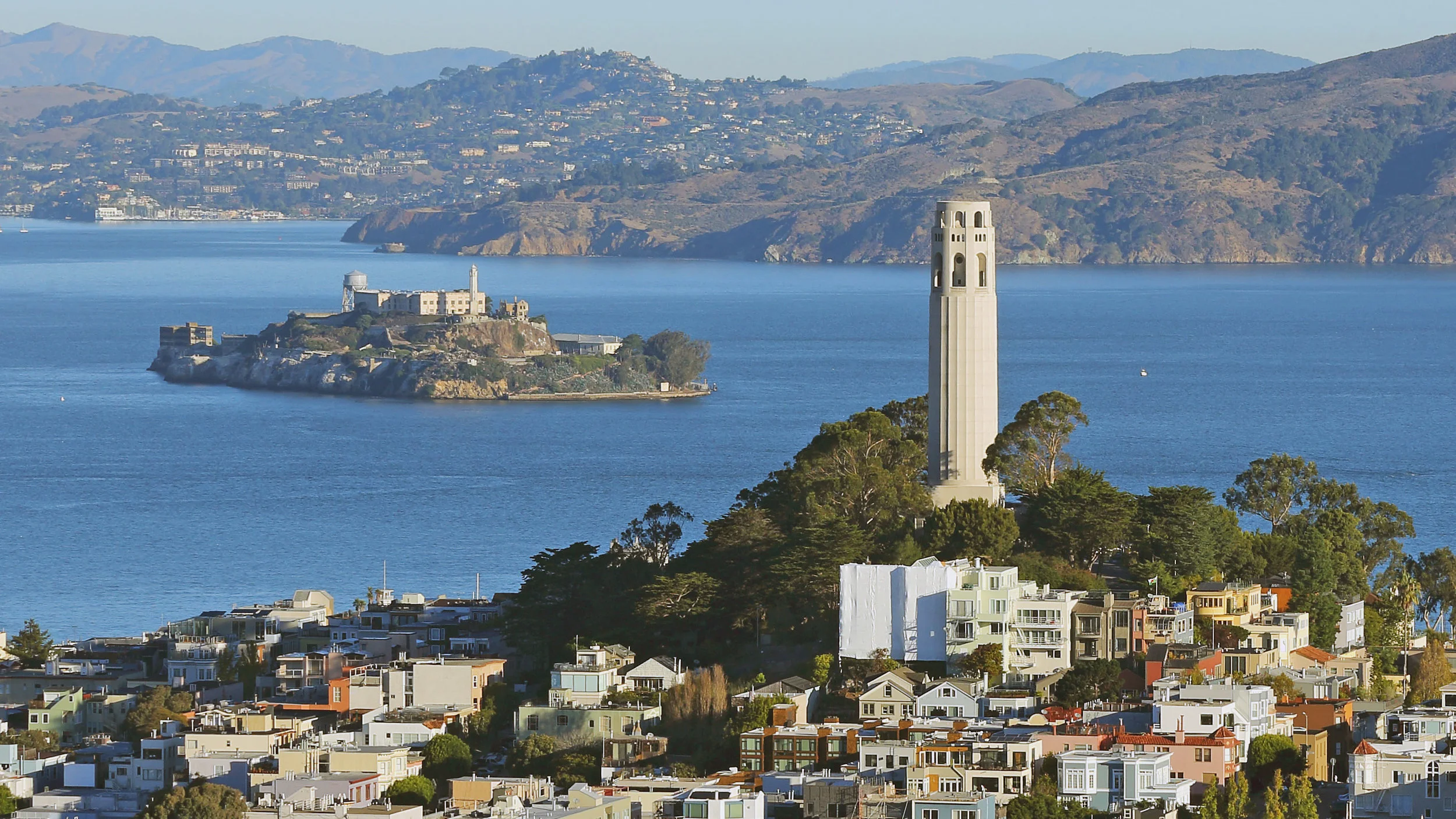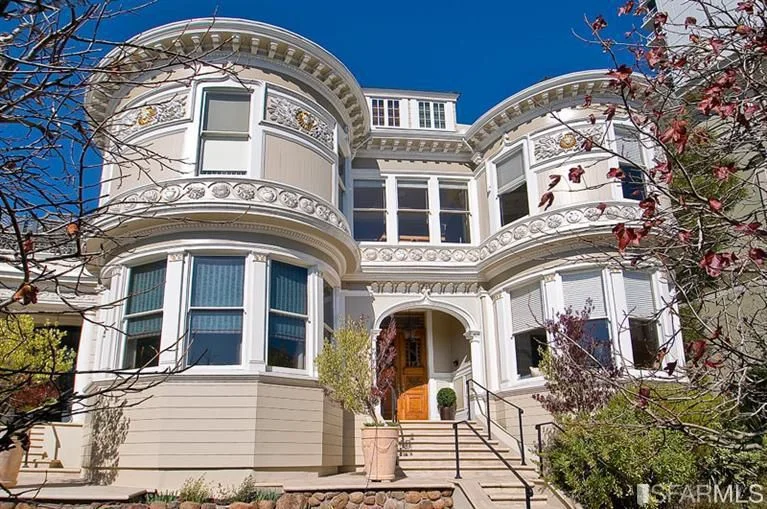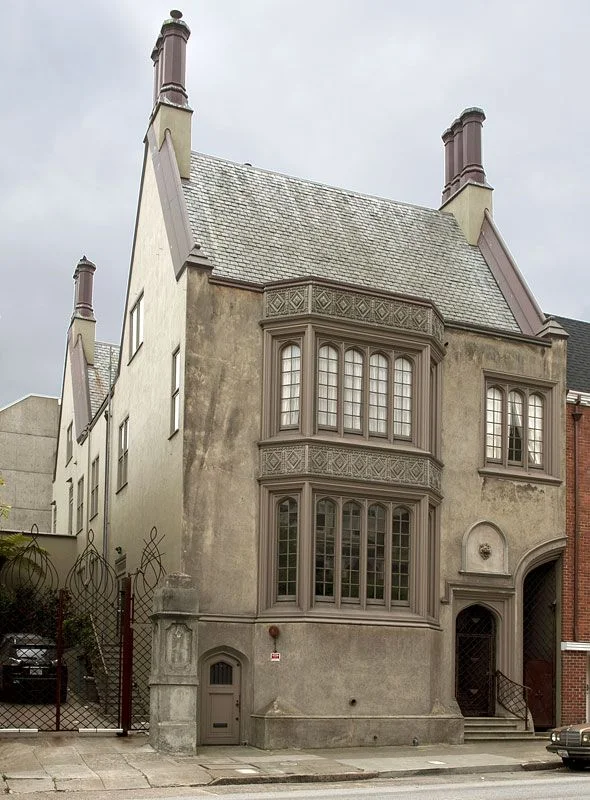Andrew Mann - Andrew Mann Architecture
/Andrew Mann
CAENLUCIER: What is your current outlook on your practice?
ANDREW MANN: We’re busy. The office is involved in a number of exciting projects, including estates in the greater Bay Area, residential renovations in San Francisco and even a religious and cultural center in the South Bay. The latter is a very different building type for us, providing an opportunity to learn and grow. And, all of our projects are collaborative endeavors with the designers, landscape architects, other architects, contractors and consultants with whom we work. We like those types of enriching experiences.
CL: You worked with William Turnbull, Jr.after your graduate studies. How did your viewpoint towards design develop during your tenure at his firm?
AM: From Bill, I learned what it truly meant to be an architect, both in terms of design and as a professional. His work was rooted in a sense of place – climate, context, views. And that always informed the design ideas he developed. His buildings were spatially rich, but honest and straightforward in their materials and construction – the perfect balance of complex and simple. And, Bill had an incredible sense of integrity in terms of his work, his relationships with his clients and how he treated his employees. He was a great mentor and I carry those lessons with me in my own practice.
CL: Talk about your connection to earlier generations of Bay Area architects and how the vernacular they left behind informs you today.
AM: The Bay Area has a rich architectural tradition of which William Turnbull, Jr. was just one contributor. I am interested in the architects that came before him, of his generation and those that came after, that like him, created work that was rooted in the same sense of place. There’s a lot to learn about form, detail, quality of light and the use of materials. I look to that for inspiration and aim to make my work part of that tradition.
CL: Do you bring a signature style to your work?
AM: The firm’s architecture is not defined by a specific style. The aesthetic of our projects ranges from warm modern to pared-down traditional. What defines them is an attention to the quality of natural light and an attention to crispness of line and detail. When one looks at our portfolio, those characteristics are what unifies the body of work.
CL: How do you approach the abstract design qualities of a new project?
AM: In the most straightforward sense, my job is problem solving. We start with an understanding of a client, their needs for their home and how they live. We then take that and overlay the context of the site and see how that informs our generation of design ideas. The abstract qualities are the elements we develop that organize this information and generate architectural form. This might be the views through a building to the landscape beyond, or how natural light enters and enlivens the spaces, or how rooms are organized or the overall shape of the building. That’s hopefully where the spark occurs and allows us to develop more than just a functional solution, by creating a home for our clients that sparks joy and pleasure in their everyday lives.
CL: Discuss the fascination that architects have with stairways.
AM: Most often, as one moves through rooms, the experience is horizontal; stairways are the one place within buildings in which occupants have the opportunity to experience moving through space vertically. That changes one’s perspective and provides architects with the opportunity to design complex volumes with interesting views and perspectives. Stairways also typically just have the function of movement – one often doesn’t need to worry about furnishings or glare issues as one would in a living room or bedroom, for example. This allows for an opportunity to explore the use of natural light in different and more dramatic ways. And stairways are often the place in a house the unifies all of the other rooms and really creates the heart of the home.
MEADOW ESTATE ANDREW MANN ARCHITECTURE
CL: If you could design a particular piece of furniture, what would it be and how would it look?
AM: I would design a dining room table. I recently had the opportunity to create the table for our new conference room and enjoyed the process of integrating form and function. What interests me about a dining table is that it’s about creating community and connection with those gathered around it through the generosity of food. For me, a table has to be beautifully made, with perfect proportions, and provide a comfortable place to sit. My table would be made from wood, where the character of the material, the structure of the construction and the craft with which it was made were all inherent in its design.
CL: You are involved with The Sea Ranch design committee. Talk about the importance of this work today and how it relates to the original design team’s ethos.
AM: The Sea Ranch is a very special place, with its groundbreaking approach to development through the relationship between the built environment and natural environment. The role of The Sea Ranch Design Committee is to review all proposed changes by property owners to buildings or landscapes and to evaluate how those changes fit with the ideals defined in the association’s Design Manual. The original buildings, with their rustic modern vocabulary, were constructed from the vernacular materials readily available at the time, primarily redwood, western red cedar and douglas fir. As time has passed, these materials have become more expensive and less available. And, climate change has impacted the area, creating an increased risk of wild fires, so buildings and landscapes need to be designed within that new context. The committee now grapples with how to foster creativity, encourage the use of new materials, be responsive to changes in climate and the resultant changes to building codes, while staying within the framework of the original vision. It’s an exciting undertaking.
CL: What would you be if not an architect?
AM: I would have loved to have been an artist, either painting or drawing. Architecture is a great way of balancing my desire to express myself visually with my interest in real-world problem solving, but it would be fun to just create.
CL: What are you reading?
AM: I have three books going right now. I was recently in Charleston, South Carolina and realized that I wanted to learn more about the history of our country and how the institution of slavery has shaped us. To explore that, I’m reading Jill Lapore’s These Truths: a History of the United States. To understand the city that I live in, I am also reading Season of the Witch: Enchantment, Terror and Deliverance in the City of Love, by David Talbot. It’s about the tumultuous social history of the transformation of San Francisco between 1967 and 1982 and how that created the city we know today. And, for a diversion from history, I’m reading The American Short Stories 2018, edited by Roxane Gay. I really like the short story format and how narrative unfolds in that context.
CL: Favorite weekend getaway?
AM: I would have to say The Sea Ranch. A swim in the pool, a walk along the bluff, good food and conversation with friends. The warmth of the sun, the cool ocean breeze, and the sound of the surf. The best.
CL: Top three bucket list items?
AM: A couple of years ago, I had the opportunity to travel to Machu Picchu, one of my bucket list destination. It was truly awe-inspiring. I don’t have my list ranked, but here are three others: Rome - I would love to live in the Eternal City for six months or so. It’s my favorite city, with so much art, architecture and history layered upon one another. It would be great to spend my time there sketching. Oh, and the food…. The Russia of my ancestors – I would be very interested to travel to see the towns in Eastern Europe from which my family emigrated. I don’t suppose there is much to see, and any physical fragments of that earlier world are long gone, but I would like to get a feel of the place. And, I’d love to go to St. Petersburg. It’s a Baroque city conjured up from the marshes. It’s always intrigued me. Angkor Watt – It would be fascinating to go see this monument that is so important to the Cambodian culture. Like Machu Picchu, it’s a place that has held mystery for me since I was a child.
Angkor Wat
CAENLUCIER would like to extend our gratitude to Andrew Mann for his collaboration with us on this feature.



